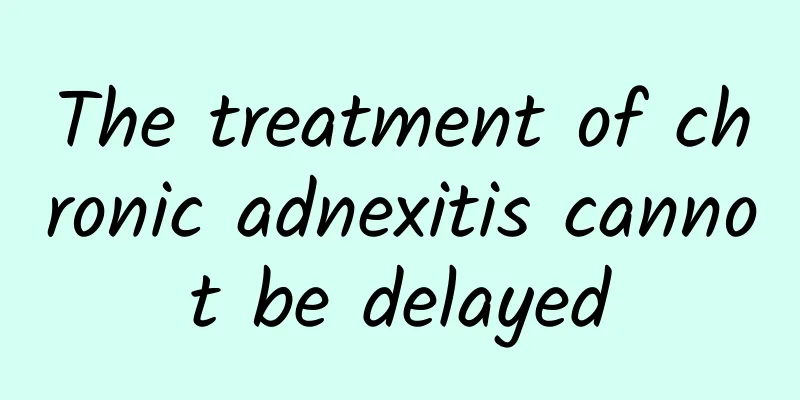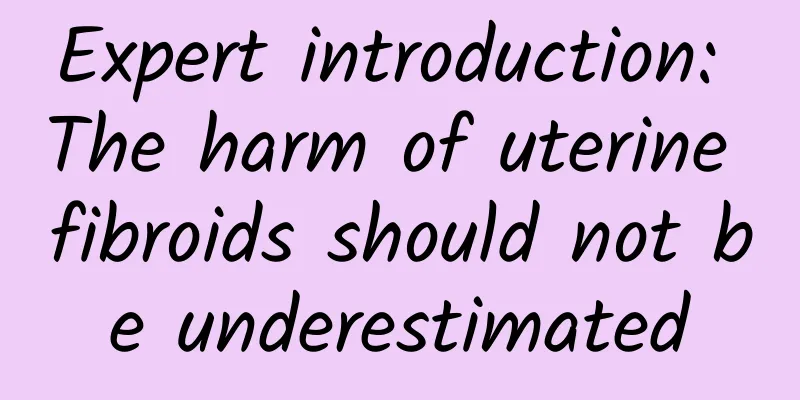Can I get pregnant with cervical and intrauterine adhesions?

|
Cervical and intrauterine adhesions may affect pregnancy, but they do not completely block the possibility of pregnancy. Cervical and intrauterine adhesions are a gynecological condition usually caused by infection, scar formation after intrauterine surgery, or trauma. This condition may cause partial or complete closure of the uterine cavity, thereby affecting the chance of sperm and egg combining, or affecting the normal implantation and development of the fertilized egg in the uterus. This may also lead to decreased menstrual flow, difficulty in fertility, and even infertility. In specific cases, the possibility of pregnancy depends on the severity of the adhesions and the patient's overall health. The doctor can use imaging examinations and hysteroscopy to make a clear diagnosis and assess the extent of the impact. Treatment for cervical adhesions depends on their severity and impact on fertility. Mild adhesions may be treated with medication, usually hormonal medications, to help restore normal physiological function. If necessary, your doctor may recommend surgical treatment, such as hysteroscopy, to break up adhesions and restore the normal shape of the uterine cavity, thereby improving the possibility of pregnancy. For women who have not been successful in getting pregnant after this treatment, assisted reproductive technology, such as in vitro fertilization (IVF), may be considered, which can bypass the obstacles that cervical adhesions pose to natural conception. Treatment for cervical adhesions depends on their severity and impact on fertility. Mild adhesions may be treated with medication, usually hormonal medications, to help restore normal physiological function. If necessary, your doctor may recommend surgical treatment, such as hysteroscopy, to break up adhesions and restore the normal shape of the uterine cavity, thereby improving the possibility of pregnancy. For women who have not been successful in getting pregnant after this treatment, assisted reproductive technology, such as in vitro fertilization (IVF), may be considered, which can bypass the obstacles that cervical adhesions pose to natural conception. In daily life, we should pay attention to the prevention and management of cervical and intrauterine adhesions, avoid unnecessary intrauterine surgery and infection, and maintain good reproductive health habits. After surgery, we should have regular follow-up examinations as recommended by the doctor to detect and deal with possible recurrences as early as possible. If you find any discomfort or fertility difficulties during the pregnancy preparation period, you must seek medical attention in time, get a diagnosis as soon as possible, and take appropriate treatment measures according to the doctor's advice to create better conditions for pregnancy. |
<<: Abnormal vaginal discharge with acupuncture-like lower abdomen
>>: Is cervical hypertrophy harmful?
Recommend
How do patients with cervical precancerous lesions choose to undergo relevant examinations?
Cervical cancer is a disease that seriously harms...
What happens if my first menstrual period is irregular?
What happens if my first menstrual period is irre...
Is cervical precancerous lesion serious?
Cervical precancerous lesions are a disease that ...
Why do other things come out during menstrual bleeding?
Why do other things come out during menstrual ble...
Create the perfect butt! Two exercises a day will bring you closer to a beautiful buttocks
It’s not difficult to get a perfect butt shape! T...
What items should be checked for abortion
Abortion is the first choice for women with unwan...
Is it harmful to play with your phone after a miscarriage? Do these 4 things
For female friends, miscarriage will not only bri...
What are the symptoms of acute pelvic peritonitis? How to take relevant nursing measures for pelvic peritonitis?
Acute pelvic peritonitis is also a gynecological ...
Blood routine is the most common painless abortion examination item
Painless abortion is the surgery chosen by many w...
Can chocolate cysts be cured?
Can chocolate cysts be cured? How to cure chocola...
What does an egg-sized uterine fibroid look like? Does an egg-sized uterine fibroid require uterine removal?
What does an egg-sized uterine fibroid look like?...
Can I have children with cervical warts?
Women who have cervical warts, especially those o...
What medicine should patients with Bartholinitis take?
Bartholinitis is an inflammation of the Bartholin...
Simple analysis: Several common causes of uterine fibroids
Uterine fibroids are a gynecological disease that...
Analyze the main causes of cervical erosion
In real life, women of any age may suffer from ce...









